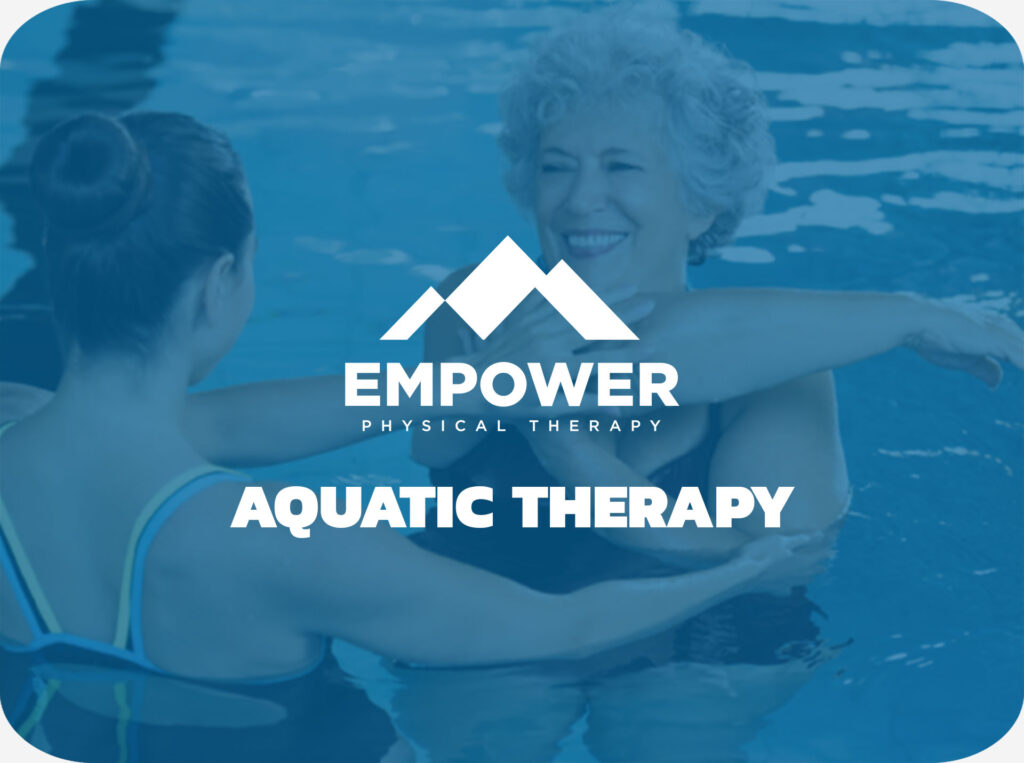Aquatic Therapy
- Services
- Specialty Services
-
Apr 28
- Share post

Aquatic therapy is physical therapy that takes place in a pool or other aquatic environment under the supervision of a trained healthcare professional. Aquatic therapy is also known as water therapy, aquatic rehabilitation, aqua therapy, pool therapy, therapeutic aquatic exercise or hydrotherapy.
In the United States, those who can perform aquatic therapy are legally regulated medical professionals with the correct scope of practice and the ability to use the Aquatic therapy is considered an add-on certification for physical therapists and athletic trainers who often work closely with occupational therapists and exercise physiologists to develop a plan of care for each client.
Common goals of aqua therapy programs include:
- Improving flexibility
- Improving balance and coordination
- Building muscle strength and endurance
- Enhancing aerobic capacity
- Assisting with gait and locomotion
- Reducing stress and promoting relaxation
Aquatic therapy is different from aquatic exercise or aquatic fitness because it is a physical therapy and rehabilitation specialty that requires the involvement of a trained professional. It is covered by many insurance providers due to the personalized nature of the treatment. Aquatic exercise does not need to be supervised by a trained professional. It is also not covered by insurance, and it often takes place in a group setting that includes multiple people with different levels of physical fitness.
Aquatic therapy should not be confused with adaptive aquatics, either. Adaptive aquatics is the process of teaching people with disabilities how to swim safely in the water.









